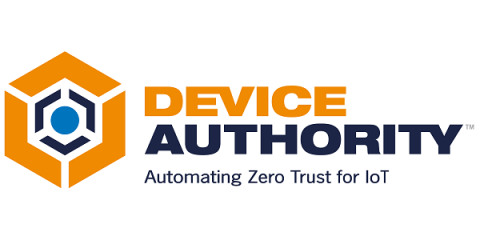Mitigating IoT Denial of Service Attacks: Essential Strategies for Protection
An IoT denial of service attack overwhelms devices with traffic, making them unresponsive. This article explains these attacks and offers strategies to protect your devices.


